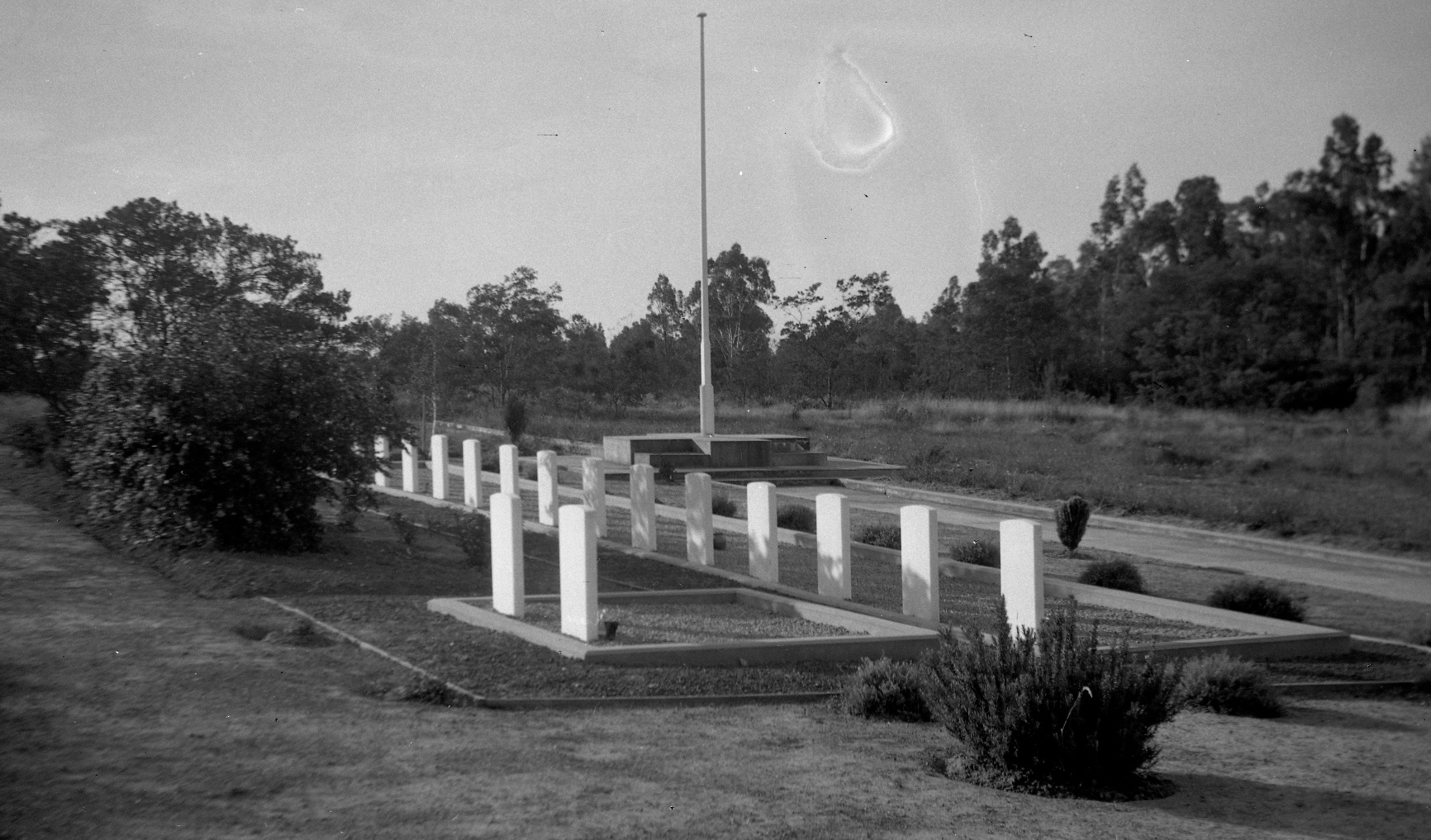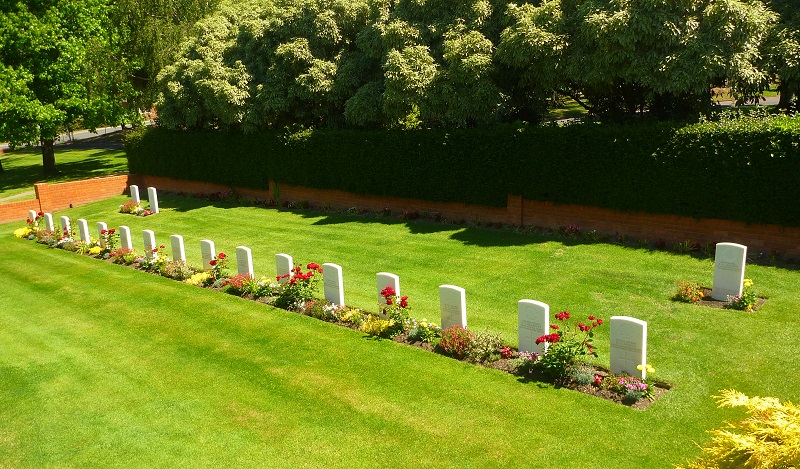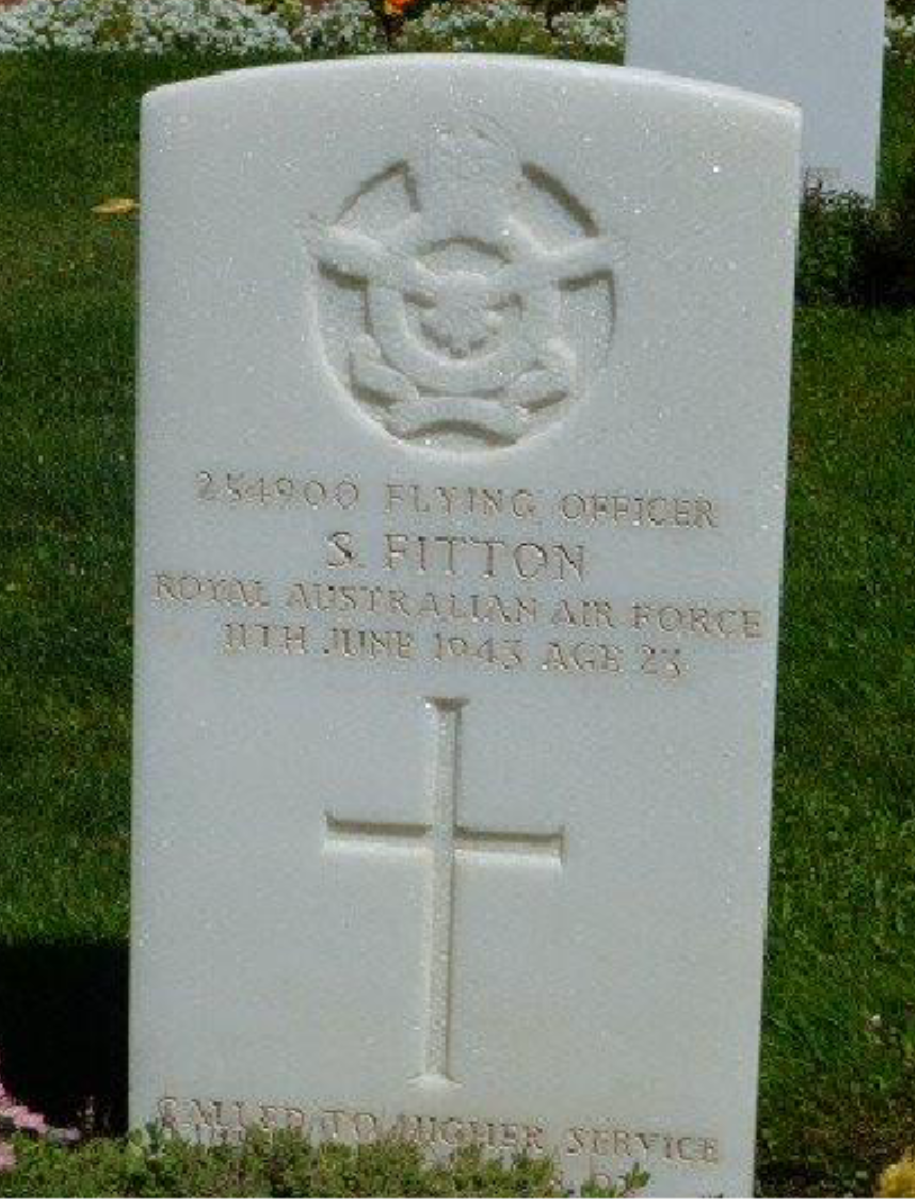75th anniversary of Launceston’s Carr Villa War Cemetery
Seventy-five years ago this month, the War Cemetery within the Carr Villa Memorial Park in Launceston, Tasmania became the responsibility of the Anzac Agency of the Imperial War Graves Commission – the precursor to the Office of Australian War Graves (OAWG).
The OAWG recently found an article published in 1946 in The Examiner – the newspaper of Launceston and north-eastern Tasmania. The article describes the work undertaken by the Army Graves Maintenance Unit to establish the war cemetery at Carr Villa:
Members of the Army War Graves Maintenance Unit in Launceston have done a remarkably good job in carving from bushland behind Carr Villa, the Launceston War Cemetery. Three years ago the area was a scrub covered clay bank. It was cleared, levelled and the clay covered with hundreds of loads of sand and loam.
The article also mentions other elements of the unit’s responsibilities:
One of the little known jobs of the war graves maintenance unit has been the repair and, in many cases, the concentration of the graves of servicemen of World War I in all parts of Northern Tasmania. It has been a long job. Small church and village cemeteries have been searched for servicemen’s graves and their locations recorded so that they may be kept in repair. At Carr Villa alone many have been concreted and about 100 have been repaired altogether in the north, north-west and north-east.
Flying Officer Steuart Fitton was only 23 years of age when the Spitfire he and Leading Aircraftman Alan Leake were flying crashed on 11 June 1943. They and 15 other Commonwealth war dead of the Second World War are at rest in the war cemetery established by the Army Graves Unit.
The 19th burial was 22-year-old Corporal Richard Atkinson who was leading his combat engineer section as a search commander in Afghanistan when he was killed in action on 2 February 2011.
Together, they are at rest within the ‘[spacious] grounds’ and ‘well-kept lawns’ described in the 1946 article. The design and construction of the landscaped gardens within the war cemetery were completed and cared for by the dedicated staff of the Anzac Agency when it took over responsibility for the cemetery 75 years ago.
Today, 756 Australians are officially commemorated by the Australian Government in the Carr Villa Cemetery. The war cemetery within it, like each of the 72 Australian war cemeteries and war plots that the OAWG cares for on behalf of the now Commonwealth War Graves Commission, is a sanctuary seasonally curated and lovingly landscaped. Each is a place of personal commemoration for those who have grieved and still grieve a loved one who has died in war; and each enables our community to remember the service and sacrifice of those like Flying Officer Fitton and Leading Aircraftman Leake.
Then, now and in perpetuity, lest we forget.
You can find more information about those at rest in the Carr Villa War Cemetery at www.cwgc.org or the work of the OAWG at www.dva.gov.au/wargraves.

Left: The War Cemetery in 1958

Below left: The War Cemetery now

Below: Flying Officer Steuart Fitton's headstone
